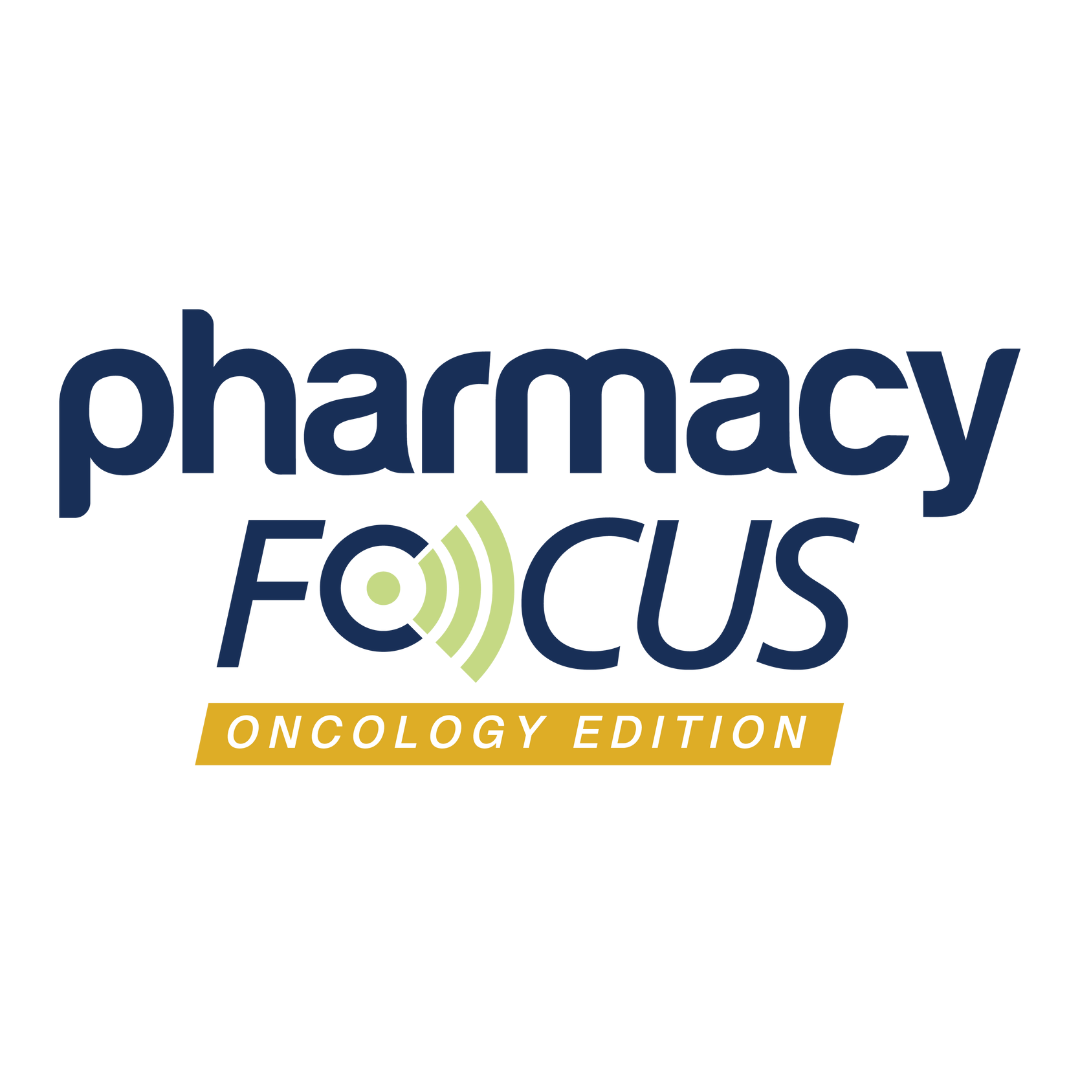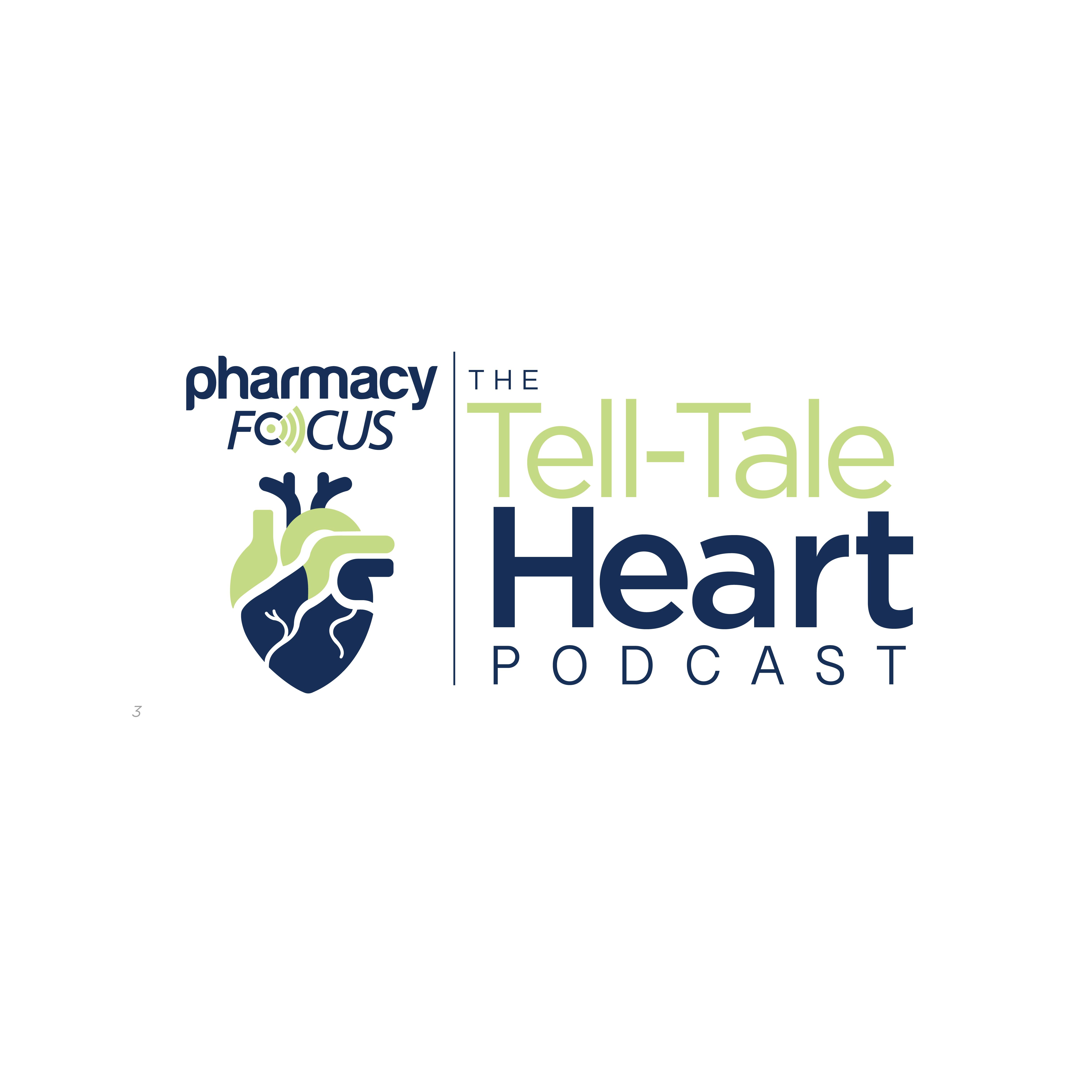
Commentary
Video
Navigating the Complexities of cGVHD Treatment in Pharmacy Practice
Gianni Scappaticci, PharmD, BCOP, discusses key considerations in therapy selection, limitations of current treatments, and the evolving role of pharmacists in managing chronic graft-versus-host disease (cGVHD) through patient education, adherence support, and integration of emerging therapies.
Chronic graft-versus-host disease (cGVHD) remains a major clinical challenge in the post–stem cell transplant setting, requiring long-term, individualized management strategies that account for both disease heterogeneity and patient-specific factors. In this interview, Pharmacy Times® speaks with Gianni Scappaticci, PharmD, BCOP, a clinical pharmacist specialist in bone marrow transplant (BMT) and cellular therapies at Michigan Medicine in Northville, Michigan, about the evolving treatment landscape of cGVHD.
Scappaticci discusses the clinical and practical considerations guiding therapy selection, the current gaps in pharmacologic management, and how emerging therapies and data from trials such as REACH3 (NCT03112603) and ROCKstar (NCT03640481) may shape future treatment paradigms. He also shares key strategies for pharmacists to support patient education, improve adherence, and manage the complexity of cGVHD care to optimize outcomes and quality of life.
Pharmacy Times: What are some factors that guide decision making around therapy selection for cGVHD?
Gianni Scappaticci, PharmD, BCOP: I think some of the most important factors include the data supporting the drug, but more importantly, I think the mechanism of action, and the side effect profile of the drug are probably the most important things to consider in making a decision therapy for cGVHD. I also think that severity of cGVHD, if there's evidence of sclerotic or fibrotic changes, that certainly would influence decision making, [such as] whether to pursue a drug that perhaps has an anti-fibrotic approach or anti-fibrotic mechanism of action. Unfortunately, insurance does dictate, oftentimes, how we can use specific drugs. So, the line of therapy—is this the first line after steroids have been deemed refractory, or have you tried two different agents, like a topical steroid and a systemic steroid? Oftentimes, insurance will consider that to be two, because then it opens up for multiple options, as far as use for steroid-refractory cGVHD.
Disease progression. Image Credit: © Kanisorn - stock.adobe.com

Does the patient have a preference? So now we have 4 approved drugs. So there's ibrutinib (Imbruvica; Janssen Biotech, Inc), ruxolitinib (Jakafi; Incyte Corporation), belumosudil (Rezurock; Kadmon Pharmaceuticals) and axatilimab (Niktimvo; Incyte Corporation and Syndax Pharmaceuticals), axatilimab being the only IV drug. So does the patient have a preference to take a drug orally that they can just go home and start taking, or can the patient take oral drugs to begin with? Is there or are there symptoms so severe with oral or esophageal cGVHD that they cannot actually tolerate oral medication? It would have to use the IV drug in that circumstance. Then also, I think personal and institutional experience with the drug oftentimes will dictate how we are sequencing these agents in many circumstances.
Pharmacy Times: What are the current limitations in the pharmacologic management of cGVHD, and how can emerging therapies or repurposed agents address gaps in treatment efficacy and tolerability?
Scappaticci: So, I think that it's an interesting question, but I think that the fact that there's no data comparing all the currently available approved products, it makes it very difficult to determine if a specific drug is superior in the management of a specific organ or the treatment of cGVHD. When you think about the disease in general, it's so complex that having head-to-head trials would really help determine if one agent works better for a specific type or specific constitution of symptoms.
In addition to that, there's no currently approved products that work fast and the time to response is usually measured in months. I usually tell patients that this is a marathon, not a sprint, so your symptoms may not feel better for 1 to 2 months.
As far as emerging therapies that can be used, we could use some of these emerging therapies in the treatment earlier to try and reduce or completely remove steroids from the treatment landscape of cGVHD. So perhaps starting drugs earlier in combination with steroids, or adding them on earlier, would help to reduce the dosing that we need to use with steroids, or reduce the duration with steroids. Then we can also consider combining these newer agents together, or perhaps with some of the older therapies, such as [extracorporeal photopheresis (ECP)] or some of the other drugs that we know that we have a lot more experience with that may not have had the best efficacy on their own, but perhaps combining them with some of these newer agents to perhaps improve responses or even make responses a bit faster.
Pharmacy Times: How do recent clinical trial results-such as those involving JAK inhibitors or ROCK2 inhibitors-align with updated therapeutic guidelines for cGVHD, and how might these data inform pharmacist-led treatment recommendations?
Scappaticci: So, I'll start with the REACH3 trial. So, this included ruxolitinib for steroid refractory cGVHD. This was a randomized trial that showed ruxolitinib was very effective in this setting, [leading to] a category 1 recommendation in the [National Comprehensive Cancer Network] guidelines. But this doesn't mean that it's the ideal drug for every single patient with steroid-refractory cGVHD. In this study, tolerability was an issue, and you have to be cognizant of the biggest adverse events [AEs] with this drug, and those were primarily cough suppression or thrombocytopenia and infections.
Another option is the ROCKstar study, this showed that belumosudil was very effective and well tolerated after 2 lines of therapy for cGVHD. This is where it currently is recommended in the guideline update. But if you consider the mechanism of action in belumosudil being anti-fibrotic, perhaps it would be better to start this agent earlier in patients who have cGVHD with evidence of fibrosis either in their lungs or in their skin, to perhaps halt this process. And another note on this is that belumosudil was also very well tolerated, and over half the patients in the ROCKstar study felt better based on their Lee Symptom Scale, even if they didn't have a response to treatment. It was very important to take everything into consideration when selecting an appropriate treatment, including the efficacy, the side effect profile, and overall how patients are feeling. As we all know that treatment of cGVHD is a very long duration, and it's usually measured in years.
Pharmacy Times: What are key strategies pharmacists can implement to educate patients and caregivers about cGVHD management, particularly around symptom recognition, self-monitoring, and long-term medication safety?
Scappaticci: I think it's very important that pharmacists help to educate patients on the side effect profile of the drugs we are using for cGVHD and possibly help them manage these symptoms. Many of the side effects we're looking for, though, are lab abnormalities, which patients may not feel, but there are certain side effects. For example, axatilimab has periorbital edema, which that could be a symptom that patients may notice. It's important to let them know that this could be a potential side effect of this therapy if it's selected for them.
I also think it's extremely important for pharmacists to establish realistic goals in the treatment of cGVHD with their patients. Oftentimes, patients think they're starting a new therapy, and so they should be feeling better in a very short time, but it's all relative to what they consider better to be. Sometimes we're trying to just keep them stable or halt the progression of the disease, and then we're going to look for ways to help improve the symptomology of the actual disease. This can be a very long timeline, so it's important to hammer home the realistic goals for the treatment of cGVHD, and educate patient on the timeline—whether it's going to be weeks or months, or oftentimes it's going to be several months together. [Additionally,] let patients know if they start to see any other changes in their body, to let us know as early as possible—the blurry vision, dry mouth, etc—these could all be manifestations of cGVHD. It has many recognized symptoms, but there's also a large amount of atypical manifestations of cGVHD that we need to be cognizant of.
Pharmacy Times: How can pharmacists proactively identify and resolve patient-specific barriers to medication adherence-such as financial toxicity, AEs, or complex regimens-in order to optimize cGVHD outcomes and quality of life?
Scappaticci: As far as the financial toxicity goes, I think it's important to have an established workflow for obtaining medication coverage, whether it's having a process for prior authorizations, having appeal letters pre-drafted based on some of the most common reasons to have interruptions in the first place, and have known mechanisms in place for patients with suboptimal coverage or high co-pays to get medications for a reasonable cost to avoid potential delays in therapy. I always joke with coworkers that it's comical to hear that a drug is covered by insurance, but the copay is $2000 because realistically, we all know no one can afford $2000 a month. So, it's important to have ways to get to reduce these high co-pays and get medications into patients’ hands.
As far as the AEs go, minimize risk of AEs by optimizing the dose of cGVHD therapy. What I mean by that is we're all cognizant of how these drugs were dosed in their trial, but that doesn't always fit the mold of every single patient in front of us, so it's important to perhaps start lower in certain patients that may not be able to tolerate these drugs, and then also establish criteria for when to look for AEs and help providers with dose adjustments as needed based on the toxicity of the drugs, alert patients to let the clinic know of any new medications, either OTC or prescription, to screen for drug break interactions.
Regarding the complex regimen, I think it's important for pharmacists to develop medication sheets to help with organization, use pill boxes if needed, and maintain very frequent contact with patients to make sure they are taking their medications correctly, and monitor their refill frequency to validate that.
Newsletter
Stay informed on drug updates, treatment guidelines, and pharmacy practice trends—subscribe to Pharmacy Times for weekly clinical insights.
2 Commerce Drive
Cranbury, NJ 08512
All rights reserved.





